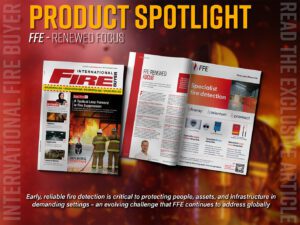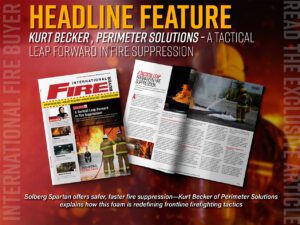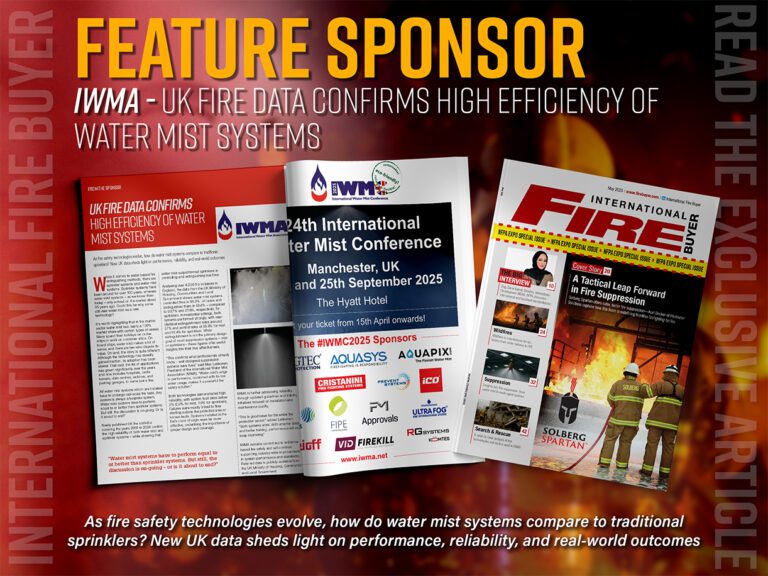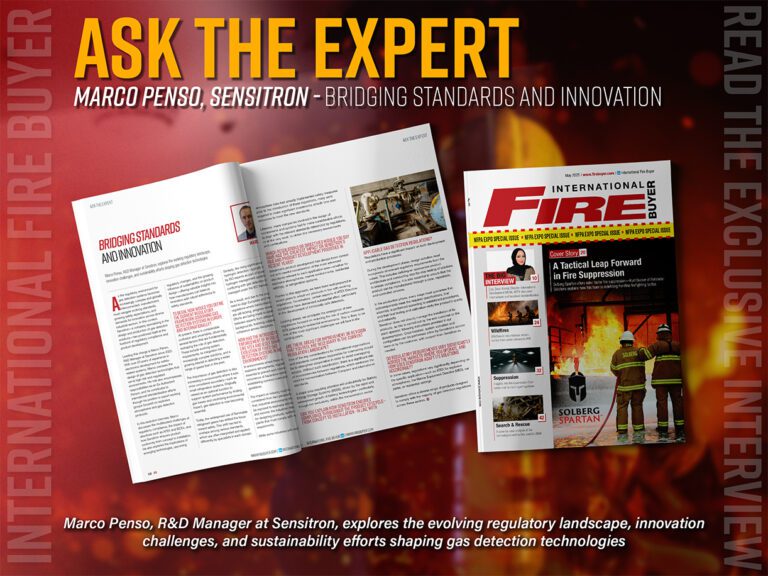Why do fire doors play such a crucial role in fire safety, and how can building management and homes ensure their doors are up to standard?
Fire doors aren’t optional, they’re necessary. This simple construction is capable of saving lives if a fire is present. They are placed to allow people to exit safely and quickly. The manufacturing process for every fire door requires a rigorous approach. Following this, detailed testing is carried out to ensure they do their job right.
To differentiate a fire door from a regular door, there are a few bits of information to know about its manufacturing approach and how it works. An important part of any building’s passive fire protection system, they must meet requirements and be tested vigorously.
Fire doors are designed to be durable and safe. Therefore, the manufacturing process is the most important step. For this type of door to pass quality checks post-installation, all elements of the door set, and glazing must satisfy BS476: Part 22. Usually, these individual elements are not supplied by the same manufacturer, but they must be tested together as a whole and separately. The door set forms a point of protection, that’s why so many checks are required.
The most common fire doors are FD30 and FD60 fire doors which offer 30 and 60 minutes of fire protection. The key difference between the two is the minimum number of minutes that each protects for. Fire doors carry two main functions during a fire, when closed they must form a barrier to prevent the fire spreading and when opened they allow safe exiting out of the building.
Buildings are compartmentalised in their architecture, and fire doors should be fitted to help put safe passageways in the event of a fire into place. Every installed fire door is placed with the fire hazards in association with the building in mind. They’re used to effectively protect against exit points and to compartmentalise buildings into fire-safe areas. Let’s look at where fire doors need to be installed.
Private properties
Fire doors are recommended to be installed in areas most at risk of fire in private properties. Buildings with kitchens and any other interior space containing large amounts of electrical equipment and flammable items should have a fire door present.
When it comes to modern domestic properties, building regulations stipulate when and where FD30 doors should be used. And, these doors are required in buildings with 3 or more storeys as well as in two storey houses between integral garages and the main body of the house.
Commercial properties
Across all commercial properties, an in-detail fire risk assessment is required to determine how to minimise/eliminate risks. A safe route must then be created in the event of a fire to ensure that those affected can escape. This is where fire doors are installed and suitable fire detection facilities are put into place.
To read the full article see our latest issue: December/ January 2022 Single Issue – Fire Buyer International
Media contact
Rebecca Morpeth Spayne,
Editor, International Fire Buyer
Tel: +44 (0) 1622 823 922
Email: [email protected]




































